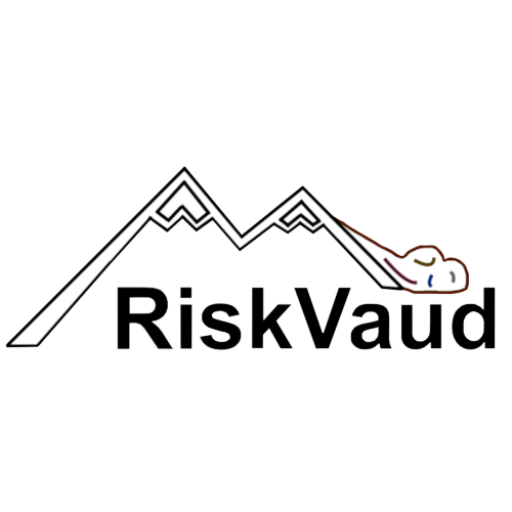An interview with Dr. Tonini
Abstract
The interview focused on the effect of environmental risk, the role the authorities and experts in managing these natural phenomena. The part of social media as a communication tool was also discussed and it was identified as a good tool when used by experts or individuals with knowledge on the risk. However, it could also be counter-productive when false or ambiguous information is spread through social media. It ended with a positive note concerning the evolution of risk management and communication over the last couple of decades in terms of relaying information to the public and availability of data for better understanding environmental risk.
Profile
- Research and Teaching Associate in the Faculty of Geosciences and Environment(University of Lausanne)
- Doctorate degree in Agriculture, Environment and Landscape. (Sant’Anna School of Advanced Studies: Pisa, IT)
- Member of European Geosciences Union (EGU): Vienna, AT. (Science Officer – NH07: Wildfire Hazards)
- Analysis and Modelling of Space-Time Patterns in Complex Regions. Dr. Tonini was part of the research team on the topic which was funded by Swiss National Science Foundation (SNF).
Details of the interview
The dialogue began with a brief introduction and the methods used for analysing and evaluating environmental risk phenomena. These phenomena are studied through risk modelling which involves the quantitative understanding of wildfires, landslides and flooding among others. Dr. Marj’s approach to environmental risk includes the combination of modelling and research to find solutions for societal use and not solely for academic use.
The difference between a risk and a hazard needs to be clear before defining an environmental risk and the interview showed an example where a useful natural hazard could become a risk. It important to note that a risk causes unwanted loss to the community and the environment. One of the most common environmental risk in the canton Vaud is Landslide. However, Dr. Marj’s expertise is more inclined towards wildfires and the procedures involved in communication and management in Italy.
Linking communities with the authorities responsible for risk management can be achieved through humble and clear transmission of information which can be made possible through communication tools such as social media. The role of social media has become significant and challenging in terms of breaching the gap between experts and the general public. Ideally, experts on a peculiar subject are supposed to be source of information in times of crisis and the general public should be objective of information sources on social media.
